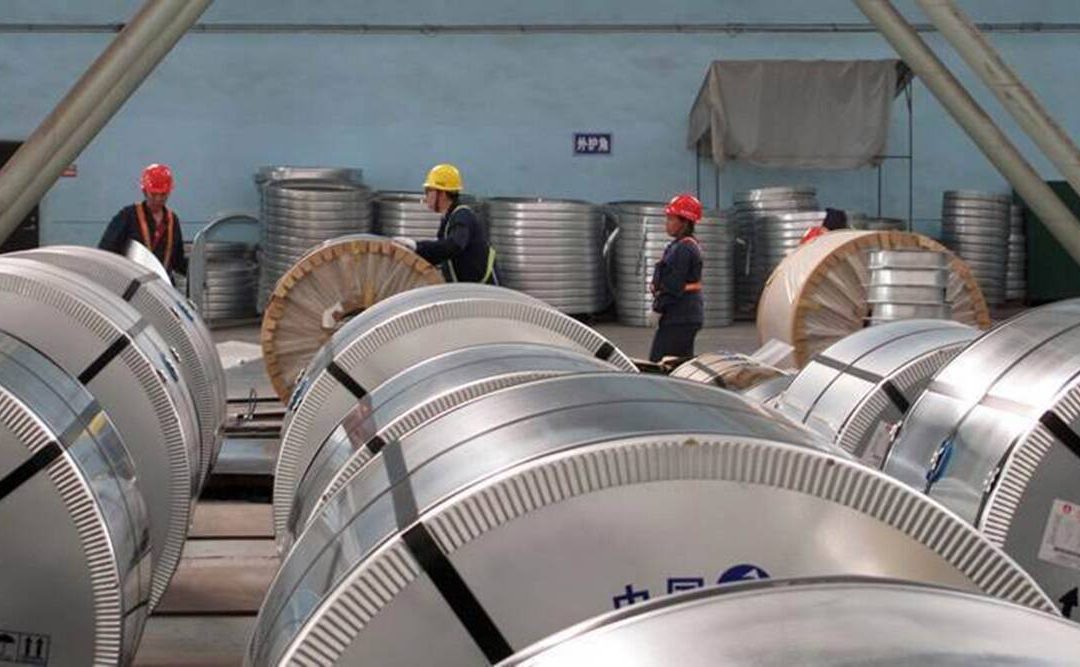Introduction
The Indian steel industry, as one of the oldest and most industrialized manufacturing sectors in the world, contributes substantially to the economy via exports and payroll.
India’s steel production capability has evolved over the years. The first planks of what became the modern Indian Steel Industry were laid during the British Raj. For decades, the primary product manufactured by Indian Steel Mills was steel. However, as India gained independence in 1947, tariffs on steel began to be removed allowing Indian mills to compete in a global market.
Market size
The Indian steel industry is the second-largest industrial complex in the world after China. Steel is used in the manufacturing of almost all goods & equipment used by the Indians. These products are then exported to over 130 countries. The sector has sufficient funding available for long-term growth and development through public-private partnerships, foreign direct investment (FDI), asset purchase plans, and other means.
Steel prices in Chennai, India, hit 66.47 Indian rupees per kilogramme in the fourth quarter of 2020. Steel was only marginally cheaper in Hyderabad, at 66.36 rupees per kilogramme. Steel prices in Mumbai and Pune fell to 46.32 rupees per kilogramme in the fourth quarter of 2019. Steel prices have risen due to the rising demand for Indian iron ore in China.
India means to arrive at 300 million tons by 2030. By 2030. The steel area right now represents around 2% of GDP in our nation, utilizing 5 lakh and in a roundabout way roughly 20 lakh individuals. India quickly arrived at three spots in steel creation, overcoming a measure of cutting edge industrialized countries like the USA, Russia, and South Korea. It is obvious from where India is and where China keeps on remaining as far as executed unrefined steel abilities. China is a significant part of framework consumption, and there is something unmistakable and that is exhibited by its steel working of more than 800 million tons.
Challenges faced by the Indian steel Industry
-Shortage of Capital:
The iron and steel sector necessitates a significant capital investment, which a developing country such as India cannot afford. Foreign aid has aided the establishment of many public sectors integrated steel factories. This significantly raises the cost of steel structure building.
–Relatively low consumption:
Iron and steel have a relatively low potential utilisation. Rarely does the potential utilisation reach 80%. Strikes, lockouts, raw material scarcity, energy crisis, ineffective administration, as well as other reasons all add to this.
–Inadequate product quality:
A lack of current technological and capital inputs, as well as inadequate infrastructure, results in a steel-making process that is more time-consuming, expensive, and produces a smaller variety of commodities, requiring us to import higher-quality steel from outside.
–Need for Technology:
Throughout the 1960s and up to the mid-1970s oil crisis, the Indian steel industry was known for its technological proficiency. This technology has mostly been imported from other countries. However, following the oil crisis, a sharp increase in fuel prices and an increase in other costs related to steel manufacturing inputs lowered the profit margins of the country’s steel factories. As a result, there was a decrease in investment in technological advancements. Countries like Korea, Japan, China etc. use a high level of technology and intelligence which makes them stand at a huge margin ahead of us. India being a developing country is still coping up with it.
Indeed, even at a low per capita utilization rate, interest for steel is expanding as time passes and enormous amounts of steel are being imported for satisfying the needs. Along these lines, creation must be expanded to save unfamiliar trade and to reinforce the foundation of development in our country. Given the sufficient stores of metal in our country, with a key interest in innovation and effective utilization of assets, India could beat its rivals in the steel market in the following not many years. Under the Union Budget 2020-21, the government allocated Rs. 39.25 crore (US$ 5.4 million) to the Ministry of Steel.
Prashaant steel and Alloys is here to make you understand how the steel industry in India works and what challenges it faces. There are various things to keep in mind and how such industries work and we are here to make it easy for you.


Recent Comments